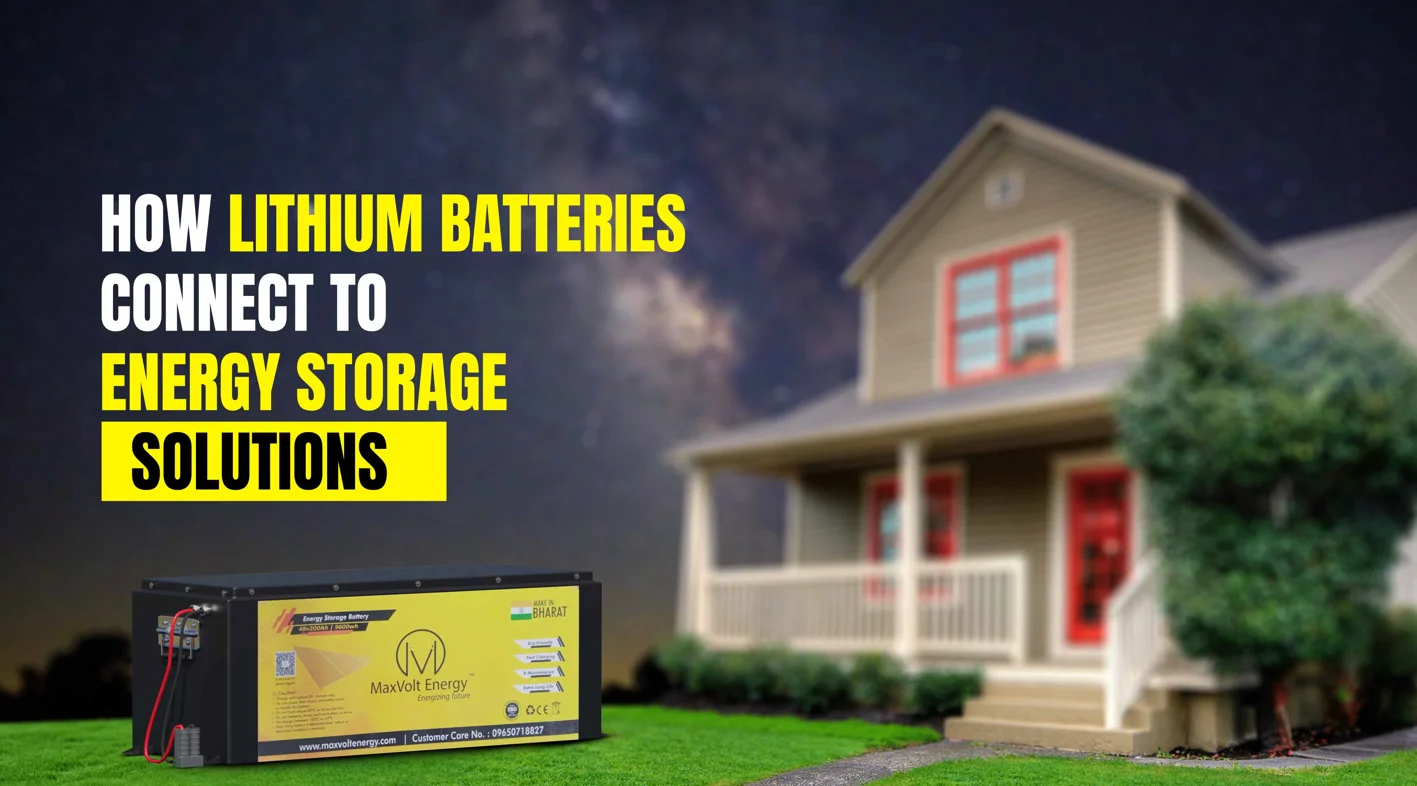
How Lithium Batteries Connect to Energy Storage Solutions
Solar and wind power are, in our opinion, the two primary sources of energy. It is partially accurate, however, because the sun doesn't always shine and the wind doesn't always blow. However, cutting-edge energy storage innovations like lithium-ion solar batteries make it possible to use solar energy for continuous home power.
Our energy infrastructure is experiencing fundamental change. Renewable energy sources such as wind and solar produce excess electricity, which jeopardizes the stability of the electricity system. Storage of energy is essential for balancing supply and demand and absorbing swings. Lithium-ion battery storage systems are now the most common and effective type, and as a result, installations are rapidly increasing.
To store extra solar energy, lithium solar batteries can be used in conjunction with a solar energy system. Lithium-ion batteries are commonly used in rechargeable technologies such as cellphones and electric vehicles.
A method of energy storage that collects energy from many sources, builds up that energy and then stores it in rechargeable batteries for later use. If necessary, the battery's electrochemical power can be discharged and supplied to buildings, electric cars, businesses, and other industrial and commercial facilities.
The primary components of an energy storage system are:
Battery system: Individual battery cells turn chemical energy into electrical energy. The cells are grouped into modules, which comprise battery packs.
Battery management system (BMS): A BMS ensures the battery system's safety. It monitors battery cells' condition, assesses parameters and states such as state-of-charge and state-of-health, and protects batteries from fires and other threats.
Inverter or a power conversion system (PCS): It converts direct current (DC) generated by batteries into alternating current (AC) delivered to facilities. Bidirectional inverters in battery energy storage systems allow charging and discharging.
Energy management system (EMS): This system controls and monitors energy flow within a battery storage system. An EMS coordinates the work of a BMS, a PCS, and other energy storage solution components. Through the collection and analysis of energy data, an EMS can manage the system's power resources efficiently.
Batteries are a viable option for energy storage for several reasons. There are no geographical restrictions on battery storage solutions; you don't need subterranean air reservoirs or substantial water storage. A lithium battery can work well with applications with different amounts of power and storage capacity because it is available and flexible. In addition, contemporary battery technologies lean toward affordability, safety, lightness, and environmental friendliness.
The following are the main battery characteristics:
- Storage capacity
- Power
- Return efficiency
- Discharge Dimensions
- Lifetime
- Safety
Maxvolt energy is a multi-component energy storage system that can store a range of electrochemical energy and use it for a variety of applications in the future.
As a result of advancements in battery technology, smart homes, massive industrial sites, and utility grids can now be powered by lightweight, cost-effective solutions. Battery storage combined with green energy can be used in structures, communities, towns, and even entire islands to provide a dependable, self-sufficient power supply.



